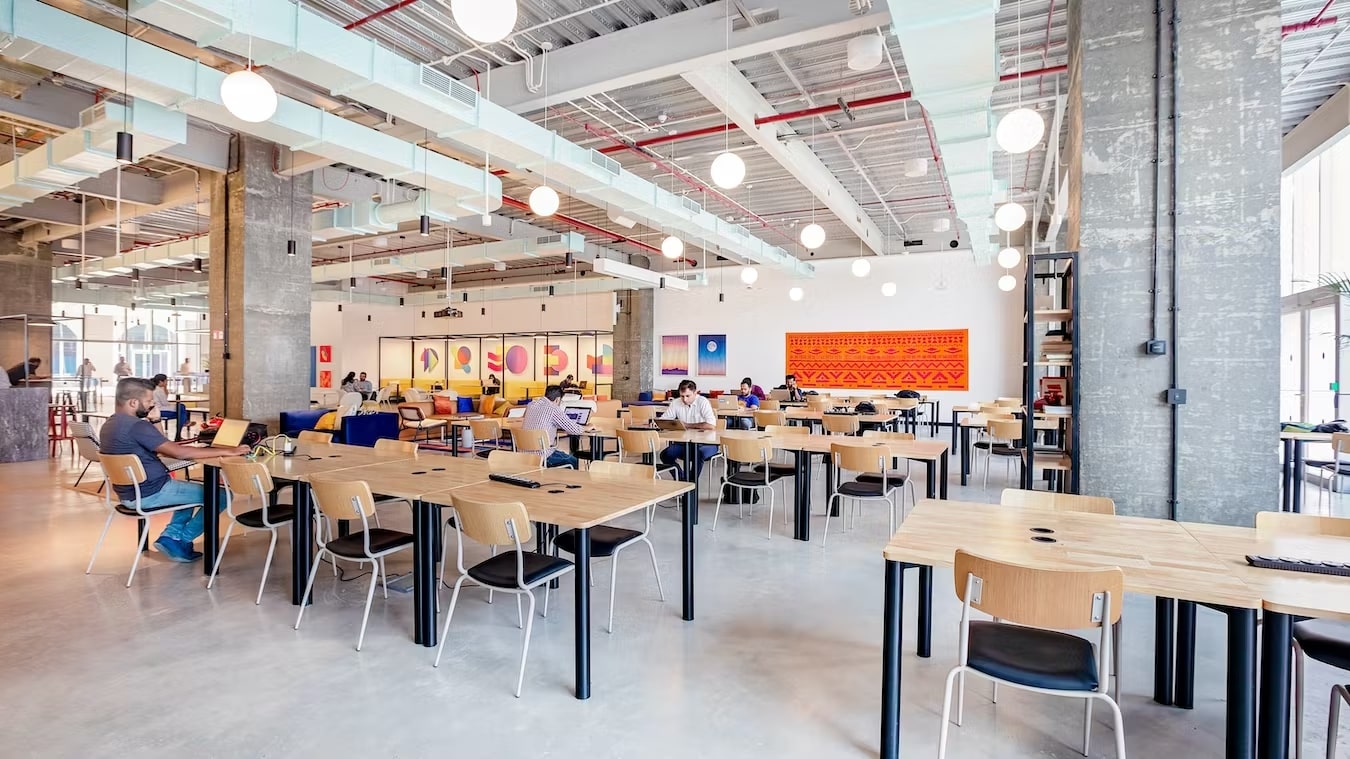The world of flexible office space and coworking continues to evolve, and at the recent GWA Immersive event in New York City, industry leaders shared valuable insights into its current challenges and opportunities.
One of the standout panels, moderated by The Instant Group’s Global Head of Partnerships, Ben Wright, brought together experts from WeWork, Industrious, and Brookfield Properties to discuss the complex relationship between landlords and operators—and what needs to change to unlock the next stage of growth in the sector.
Divergent Goals: Landlords vs. Operators
Landlords and operators approach flex space partnerships with fundamentally different priorities. Landlords prioritise security and stability, valuing long-term leases and consistent rent. In contrast, operators focus on collaborative partnerships that blend hospitality and workspace management to create flexible products and solutions and premium user experiences. This misalignment in goals often results in friction that hinders widespread adoption of flexible office solutions.
For example, while landlords may view success in terms of occupancy rates and stable income, operators measure success by their ability to deliver value-added services and create dynamic environments that attract and retain tenants. Bridging this gap requires redefining how both parties view risk and reward.
The Challenges of Troubled Assets
Flex office operators are frequently asked to turn around underperforming properties. While coworking can add value, expecting it to solve all problems in a struggling asset is often unrealistic. Such properties usually require broader repositioning strategies, and relying solely on flex space can strain operator-landlord relationships.
Shifting Market Trends
The growth of traditional serviced offices is slowing, prompting landlords to explore other avenues like spec suites, enhanced amenities, and subleasing models. These options often come with lower financial risks compared to fully embracing flexible office solutions. However, for flex products to deliver value within their portfolios landlords need compelling evidence that these offerings align with their investment strategies.
The Need for Data-Driven Decision-Making
Data transparency emerged as a key theme during the panel. Operators and landlords alike recognise the importance of leveraging data to optimise layouts, pricing, and space differentiation. Yet, many landlords remain hesitant to fully invest in flex models without clear evidence that these products increase property valuation. As Ben Wright noted, “We need more robust data on transactions and leasing velocity to prove the metrics that matter most to landlords.”
Occupiers: The Catalyst for Change
Corporate occupiers hold the key to driving broader adoption of flexible office solutions. Early adopters have demonstrated how flex space can be a strategic tool for portfolio optimisation, reducing costs, and enhancing employee experiences. For example, Allstate’s distributed workspace model saved the company $244 million annually while improving workforce flexibility.
Such bold moves provide a roadmap for other companies to follow. As more occupiers adopt dynamic workspace strategies, they’ll generate the data needed to convince landlords of the long-term value of flex products. This, in turn, will encourage landlords to invest in solutions that meet evolving tenant demands.
The Path Forward
Landlords have an opportunity to deliver the type of flexible office supply that tenants are increasingly demanding. However, the panel emphasised that the market’s growth will remain steady but gradual until key barriers are addressed. Landlords need reliable data to overcome concerns about revenue recognition and contract structures, while operators must continue to prove the operational and financial benefits of their models. Collaboration and innovation will be crucial in creating win-win solutions.
For now, the industry is in the “gradual” phase of growth. But as landlords and occupiers align their strategies and share data more openly, the sector could soon reach a tipping point—leading to the explosive adoption many have been anticipating.



